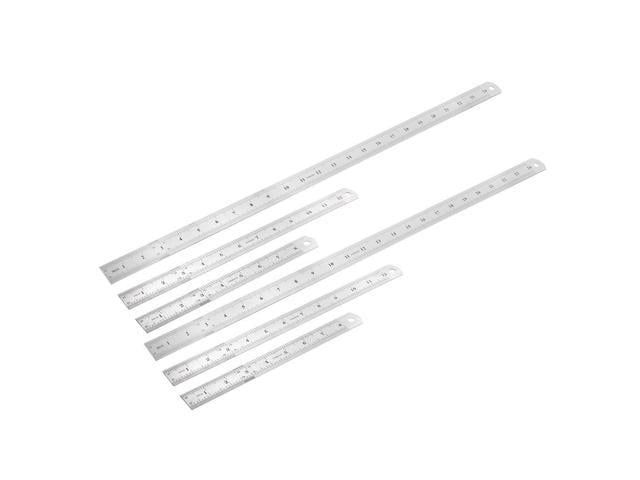If controversies were to arise, there would be no more need of disputation between two philosophers than between two accountants. For it would su?ce to take their pencils in their hands, and say to each other: ‘‘Let us calculate’’. Gottfried Wilhelm Leibniz (1646-1716) Dissertio de Arte Combinatoria (Leipzig, 1666) GottfriedWilhelm Leibniz, oneofthe greatestmathematicians,discussedcalculi ofthoughts. Onlymuchlater,did it becomeevidentthat newtools arenecessary for developing such calculi, e. g. , due to the necessity of reasoning under unc- tainty about objects and (vague) concepts. Fuzzy set theory (Lot? A. Zadeh, 1965) and rough set theory (Zdzisla w Pawlak, 1982) represent two di?erent - proaches to vagueness. Fuzzy set theory addresses gradualness of knowledge, expressed by the fuzzy membership, whereas rough set theory addresses gra- larity of knowledge, expressed by the indiscernibility relation. Granular comp- ing (Zadeh,1973,1998)iscurrentlyregardedasa uni?edframeworkfor theories, methodologies and techniques for modeling calculi of thoughts, based on objects called granules. The book “Rough-Granular Computing in Knowledge Discovery and Data Mining” written by ProfessorJaroslawStepaniuk is dedicated to methods based on a combination of the following three closely related and rapidly growing - eas: granular computing, rough sets, and knowledge discovery and data mining (KDD). In the book, the KDD foundations based on the rough set approach and granular computing are discussed together with illustrative applications. In searching for relevant patterns or in inducing (constructing) classi?ers in KDD, di?erent kinds of granulesaremodeled. In this modeling process, granulescalled approximation spaces play a special rule.















